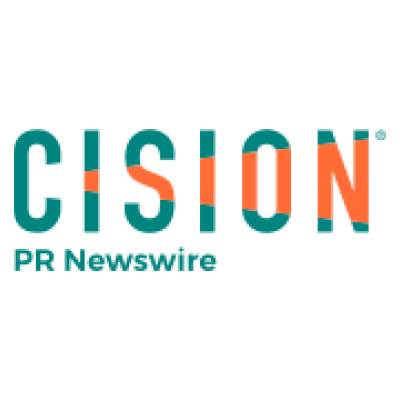

business intelligence reports
Global Healthcare BI Market to Grow by USD 14.20 Billion by 2028: Technavio
Global Healthcare BI Market to Grow by USD 14.20 Billion by 2028: Technavio
 PR Newswire
PR Newswire
Published on : Jul 29, 2024
The global business intelligence (BI) market in the healthcare sector is poised for significant growth, with an estimated increase of USD 14.20 billion from 2024 to 2028, according to Technavio. This growth, projected at a CAGR of 21.22%, reflects a growing reliance on advanced analytics, including predictive analytics and artificial intelligence (AI), to enhance patient care and operational efficiency.
Market Trends and Drivers
-
Adoption of Predictive Analytics and AI:
- Description: Healthcare organizations are leveraging predictive analytics to identify at-risk patients and AI for quicker, more accurate diagnostic support.
- Advantage: Improves patient outcomes by enabling early intervention and efficient data analysis.
-
Increased Use of Electronic Health Records (EHRs):
- Description: EHRs provide a vast amount of data that BI tools analyze for actionable insights.
- Advantage: Enhances clinical performance and patient safety by utilizing comprehensive data sets.
-
Growth of Self-Service BI Tools:
- Description: Tools allowing healthcare professionals to generate reports and dashboards independently.
- Advantage: Reduces dependency on IT and accelerates data-driven decision-making.
-
Technological Advancements:
- Description: Integration of AI, machine learning (ML), and cloud computing into BI tools.
- Advantage: Facilitates real-time data analysis, predictive modeling, and improved healthcare delivery.
Key Features of BI Tools in Healthcare
-
Centralized Data Management:
- Description: Integration of diverse data sources, including EHRs and wearable devices.
- Advantage: Provides a unified view of patient and operational data.
-
Advanced Analytics:
- Description: Use of BI tools for predictive analytics, trend analysis, and performance monitoring.
- Advantage: Helps in forecasting health trends and improving operational efficiency.
-
Interactive Visualizations:
- Description: Dashboards and graphs that offer insights into key metrics.
- Advantage: Enhances understanding and decision-making with visual data representations.
Market Challenges
-
Competition from Open-Source BI Vendors:
- Description: Cost-effective and customizable solutions offered by open-source vendors like Pentaho and BIRT.
- Challenge: Commercial BI vendors struggle to compete on price and features with these free alternatives.
-
Integration Difficulties:
- Description: Challenges in integrating data from various sources, including EHRs and medical devices.
- Challenge: Requires robust solutions to unify and analyze disparate data sets.
Segment Overview
-
By Component:
- Software: Includes BI platforms, dashboard software, data analytics, and more.
- Services: Consulting, implementation, and support services.
-
By Deployment:
- Cloud-based: Scalable and flexible solutions.
- On-premise: Traditional, in-house deployments.
-
By Geography:
- Regions: North America, Europe, APAC, South America, Middle East, and Africa.
The global business intelligence market in healthcare is set for substantial growth, driven by advancements in AI, predictive analytics, and the increasing need for data-driven decision-making. As the sector continues to evolve, the integration of advanced BI tools will play a crucial role in enhancing patient care, operational efficiency, and overall healthcare outcomes.




